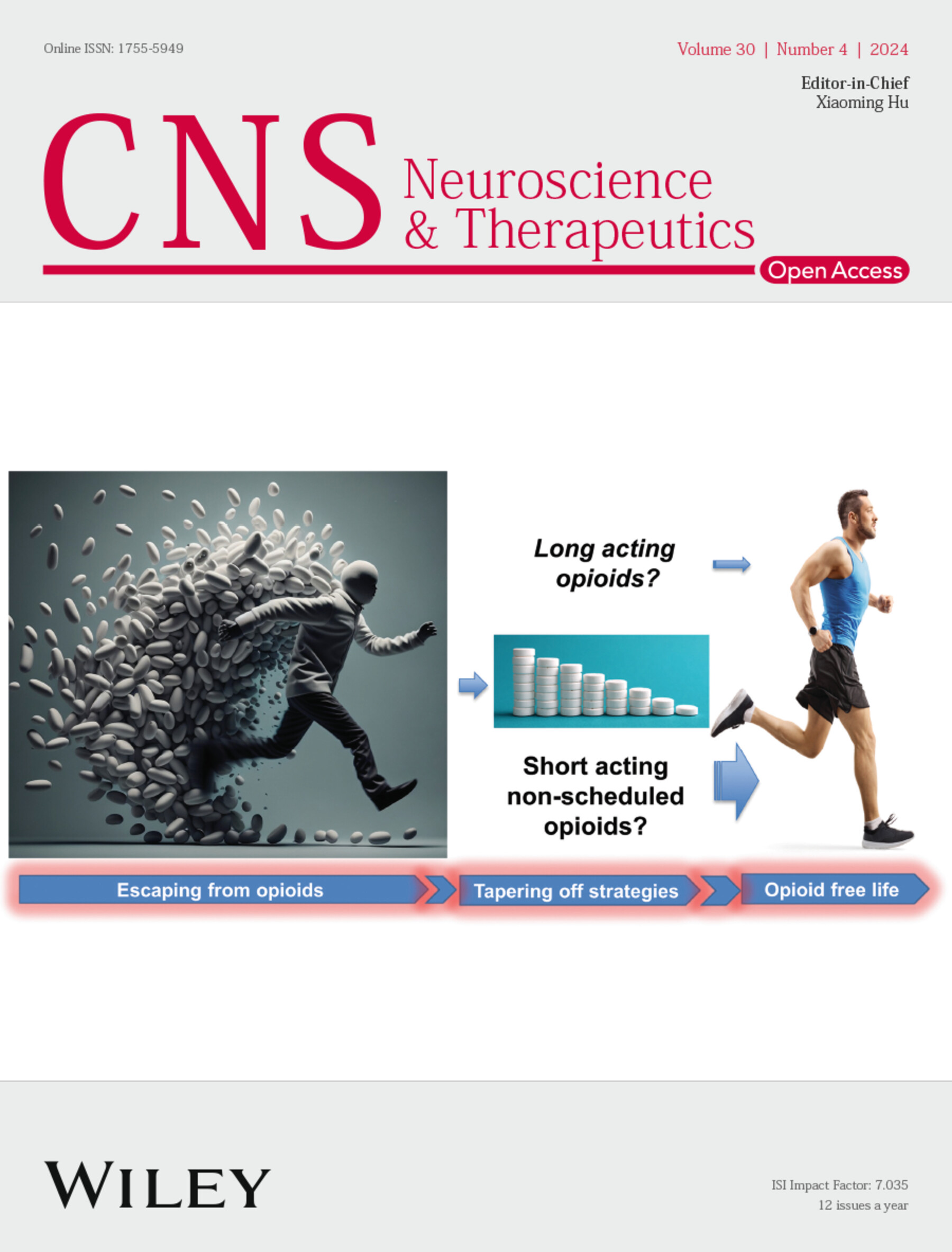Sanshen San Formula Hinders Cognitive Function and Pathology in Alzheimer's Disease Through Potentiating the Function of Synapse
Abstract
Background
Alzheimer's disease (AD) constitutes a devastating neurodegenerative disorder, manifested by amyloid-β aggregation, phosphorylated tau accumulation, and progressive cognitive deterioration. Current therapeutic interventions remain predominantly symptomatic, underscoring the urgency for more efficacious treatment strategies.
Purpose
This study elucidated the therapeutic potential of Sanshen San (SSS), a traditional Chinese herbal formula encompassing Polygala Radix, Pini Radix in Poria, and Acori Tatarinowii Rhizoma, on cognitive function and AD pathology.
Methods
We implemented both acute Aβ1-42-injected mice and 5xFAD transgenic mouse models. The therapeutic efficacy of SSS was assessed through behavioral paradigms including Y-maze, Novel Object Recognition, and Morris Water Maze. Molecular mechanisms were delineated utilizing RNA sequencing, metabolomics analysis, immunofluorescence staining, Golgi-Cox staining, transmission electron microscopy, and Western blotting.
Results
Chemical analysis unveiled 10 principal bioactive compounds in SSS. The formula substantially ameliorated cognitive performance in both Aβ1-42-injected and 5xFAD mouse models, attenuated Aβ plaque burden, and augmented microglial phagocytosis. SSS safeguarded synaptic integrity, enhanced mitochondrial function, and facilitated autophagy. Transcriptomic and metabolomic analyses demonstrated that SSS predominantly operates by reinstating synaptic transmission and neurotransmitter function, particularly in the dopaminergic system.
Conclusion
SSS efficaciously mitigates AD pathology through potentiating synaptic function, optimizing mitochondrial homeostasis, and restoring neurotransmitter balance, exemplifying a promising multi-target therapeutic strategy for the treatment of AD.


 求助内容:
求助内容: 应助结果提醒方式:
应助结果提醒方式:


